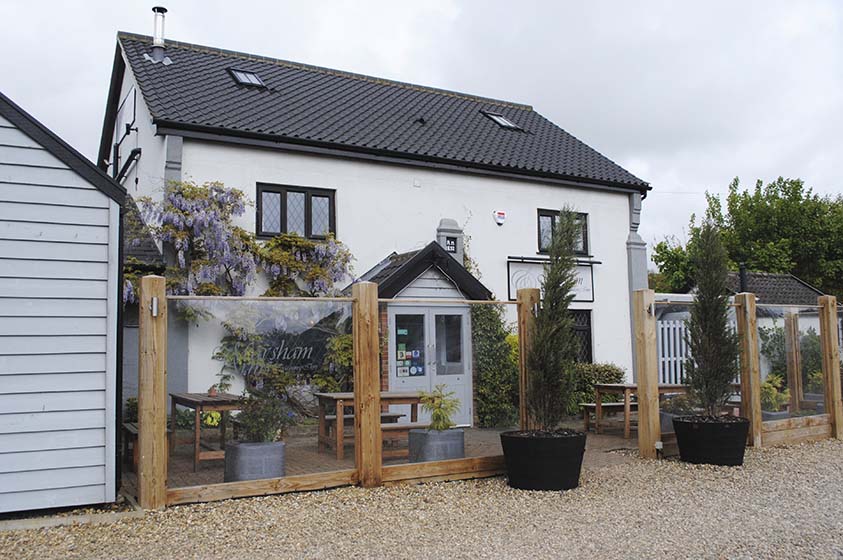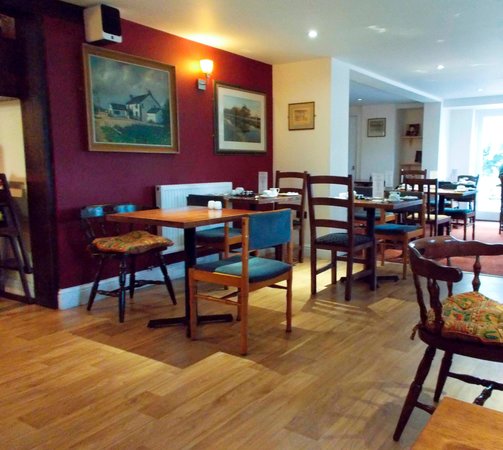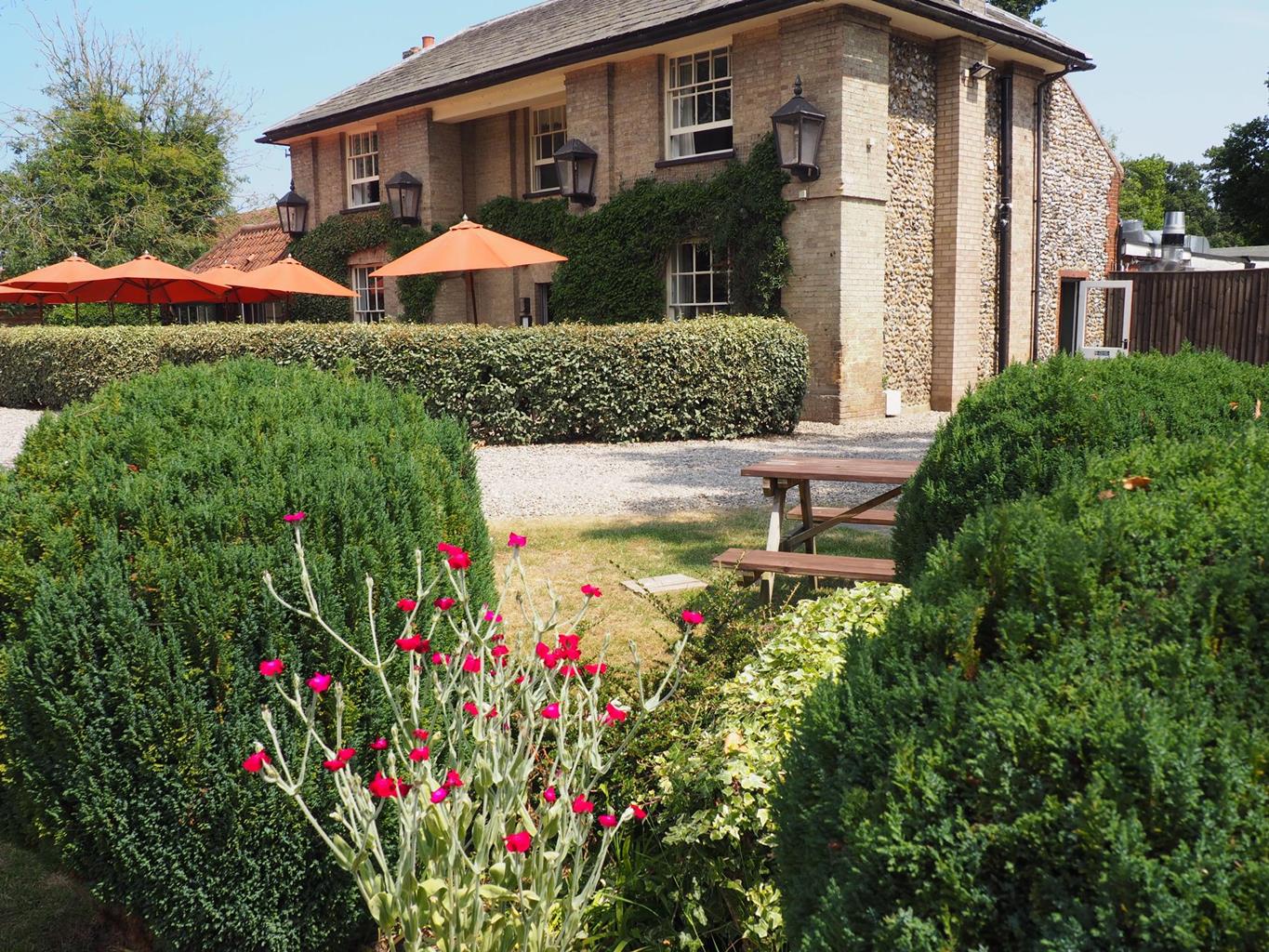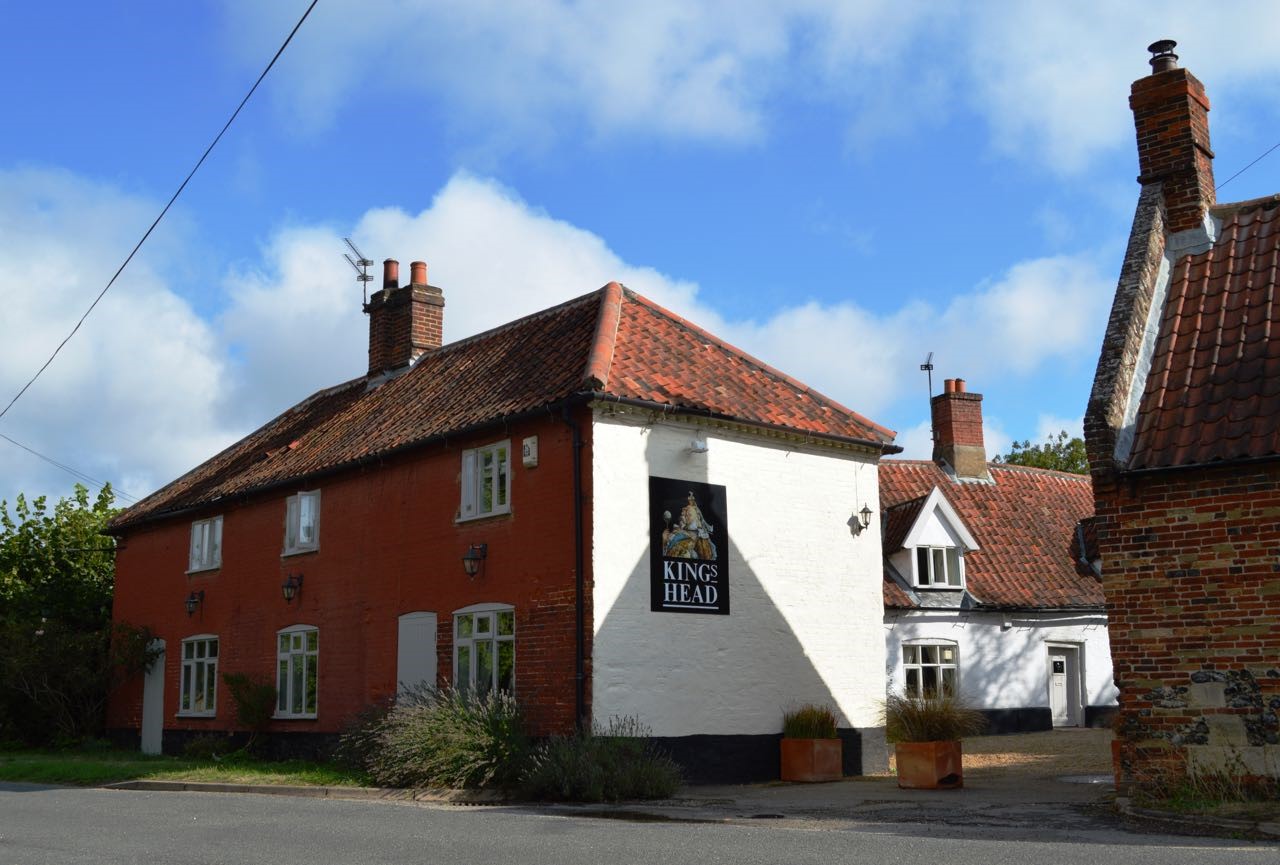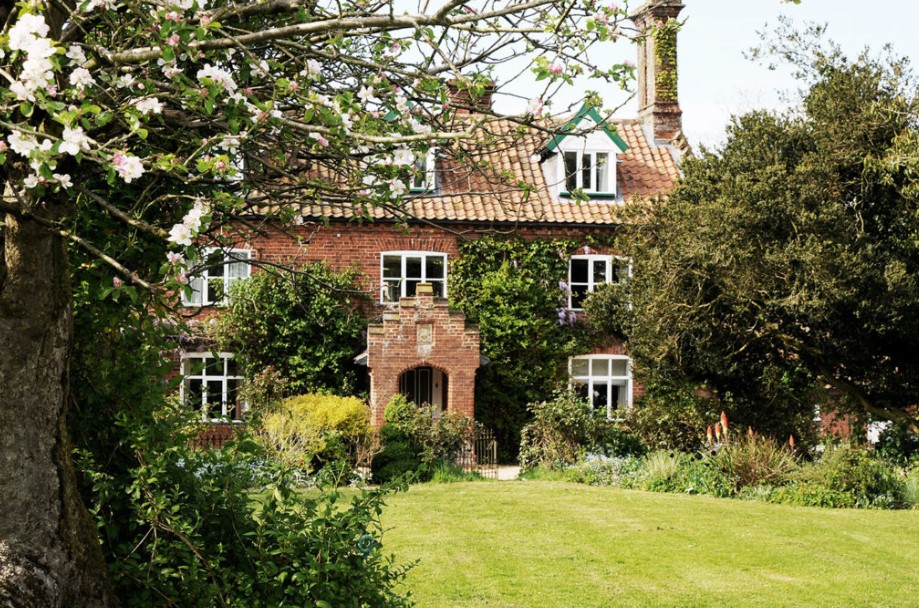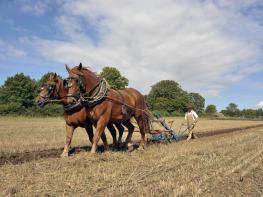Waterfall Farm Cottages consist of 3 self catering cottages, set in the heart of Norfolk,…
North Elmham and the Saxon cathedral

Walk where Saxons prayed and Victorians built their railways.
5.75 miles (9.2kms)
About the walk
In the period often known as the Dark Ages, when Christianity was fighting to establish itself in England, the Saxons founded a cathedral at the small village of Elmham in Norfolk. This quickly became the most important religious centre in East Anglia and was the seat of bishops. It is even possible that Edmund, the early King and martyr who was murdered by Viking raiders, was crowned here. So, from the year AD 800, or possibly slightly earlier, the bishops of East Anglia resided in North Elmham, running their sees and managing their religious and secular affairs.
Around AD 866 the Danes arrived, and were said to have laid the place to waste, destroying not only the cathedral, but the settlement too, forcing the bishops to abandon Elmham for a safer place. The see was re-established in AD 955, and a new cathedral raised, possibly on the site of the old one, and these are the foundations that have been excavated and that can be seen today. Four years after the Norman Conquest, the see was moved again, this time to Thetford, where it remained until 1094. It was then decided Norwich was a far more prestigious place and the see was moved once more. This move, however, was permanent and the bishop still has his cathedra (or seat) in Norwich Cathedral today.
Norman earthworks
The Saxon cathedral was probably a timber building – we have two separate accounts from the 13th century and both claim it was built of wood. Certainly archaeologists have discovered post holes, indicating a fairly basic structure. Unfortunately, one Bishop Despenser raised himself a fortified manor house here in the 14th century and the foundations of the Saxon cathedral are all mixed up with those of his house. There is a huge earthwork to the northwest of the site, but this is more likely to be a Norman motte (or castle mound) than a Saxon fortification. Because the remains are confusing, historians argue about what is what, with some claiming that the foundations we see today do not belong to the cathedral at all, but are part of a private chapel erected by Bishop Herbert de Losinga between 1091 and 1119.
We may never know what the Saxon cathedral looked like, but the Norman chapel is easier to make out. The transepts were similar to those at Norwich Cathedral and the abbey at Bury St Edmund, so they must date from after the Conquest. The north doorway is also Norman. The twin towers (often referred to prosaically as 'armpit towers') are an unusual feature to be found in England, although they appear in Germany in the first half of the 12th century. Wander around the ruins and decide for yourself what they once were.
Walk directions
Look around the site of the Saxon cathedral, then leave the way you entered. Turn left along a gravel track with Vicarage Farm and North Elmham's parish church of St Mary's to your right. The path winds downhill with hedges on either side until you reach an old bridge with a disused railway running underneath it. Cross the bridge and look for the stile immediately to your left.
Walk through the gap beside the stile and descend the steps to reach the disused railway line. Turn right, and continue along the path until functional railway tracks appear. At this point the path moves away to the right, safely tucked to one side. After about 0.75 miles (1.2km) you reach County School Station. Turn left along the minor road to reach a T-junction.
Turn right and follow the B1110 for about 0.75 miles (1.2km) to reach the remains of a Victorian railway bridge. Turn left, following the blue cycleway signs directing riders to King's Lynn and Fakenham. Walk on this quiet lane until you reach a T-junction. Turn left and continue uphill to reach the next junction.
Turn right along a shady lane, passing pretty Ling Plantation on your left. Turn sharp left along Greatheath Road, signposted to North Elmham, to pass the other side of Ling Plantation. Walk along this lovely lane for a little more than 0.75 miles (1.2km), until you reach some scattered houses. At the end of these, take the footpath off to your right, opposite the track leading to Dale Farm on your left.
Follow the footpath, a wide gravel track, around to the left behind some houses and then right, towards another plantation. Turn left along a smaller path into the woods, following the green arrows. The path follows the edge of a private wood. Emerge onto the driveway to Elmham House and come out on the B1110 by an old red telephone box and posting box. This is North Elmham's High Street. Opposite you will see Millers Old Cottage.
Turn right along the High Street and walk until you see signs for the Saxon cathedral off to your left. Follow them back to the car park.
Additional information
Disused railway line and paved roads, some steps
Railway track and open woodland and farmland
Dogs must be kept on lead on roads and in the cathedral ruins
AA Leisure Map 6 North West Norfolk
Car park near Saxon cathedral in North Elmham village
None on route
WALKING IN SAFETY
Read our tips to look after yourself and the environment when following this walk.
Find out more
Also in the area
About the area
Discover Norfolk
The North Norfolk Coast is designated an Area of Outstanding Natural Beauty and probably the finest of its kind in Europe. Here you’ll find a string of quaint villages and small towns – Holkham, Wells-next-the-Sea and Cley next the Sea are 21st-century favourites, while Sheringham and Cromer are classic examples of a good old-fashioned seaside resort where grand Victorian hotels look out to sea. Further round the coast you'll find Great Yarmouth, one of the most popular resorts in the UK and packed full of amusements, shops and seashore entertainment. And let's not forget Norwich, the region's only city.
Norfolk prides itself on its wealth of historic houses, the most famous being Sandringham, where Her Majesty the Queen and her family spend Christmas. Many of Norfolk’s towns have a particular charm and a strong sense of community. The quiet market towns of Fakenham and Swaffham are prime examples, as well as Thetford, with its popular museum focusing on the TV comedy series Dad’s Army which was filmed in the area.
Nearby stays
Restaurants and Pubs
Nearby experiences
Recommended things to do
Why choose Rated Trips?
Your trusted guide to rated places across the UK
The best coverage
Discover more than 15,000 professionally rated places to stay, eat and visit from across the UK and Ireland.
Quality assured
Choose a place to stay safe in the knowledge that it has been expertly assessed by trained assessors.
Plan your next trip
Search by location or the type of place you're visiting to find your next ideal holiday experience.
Travel inspiration
Read our articles, city guides and recommended things to do for inspiration. We're here to help you explore the UK.

